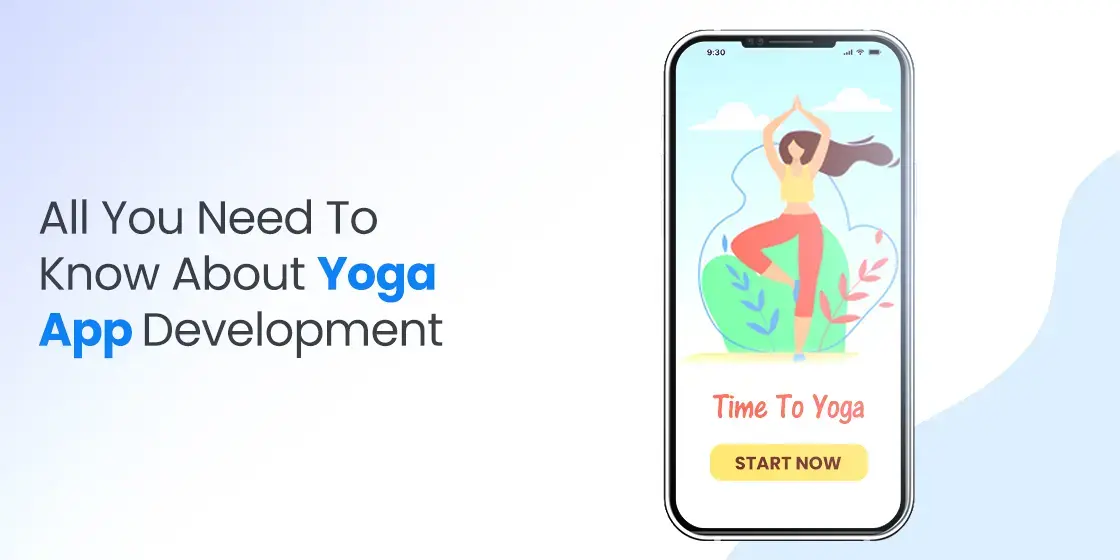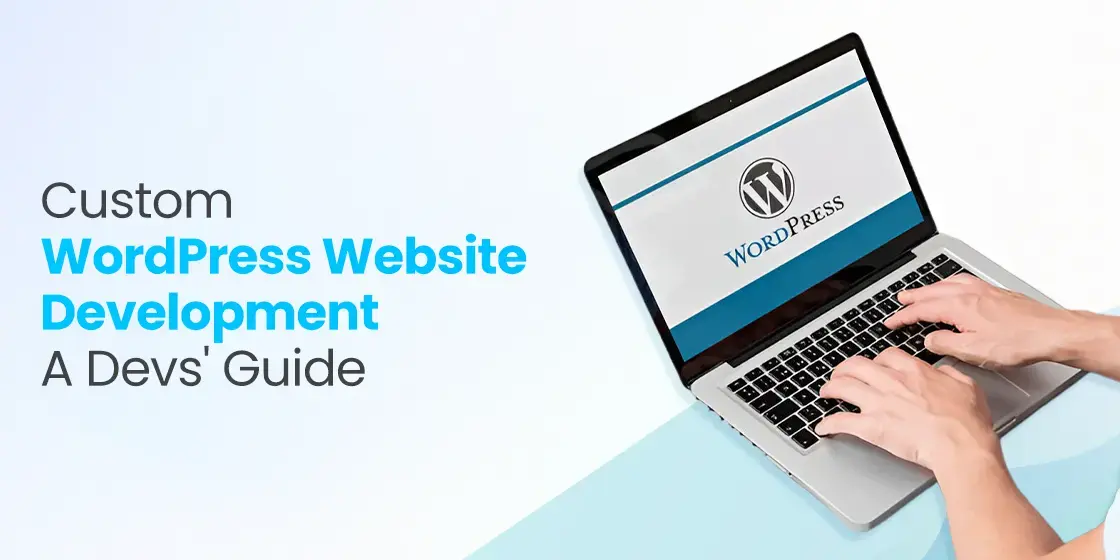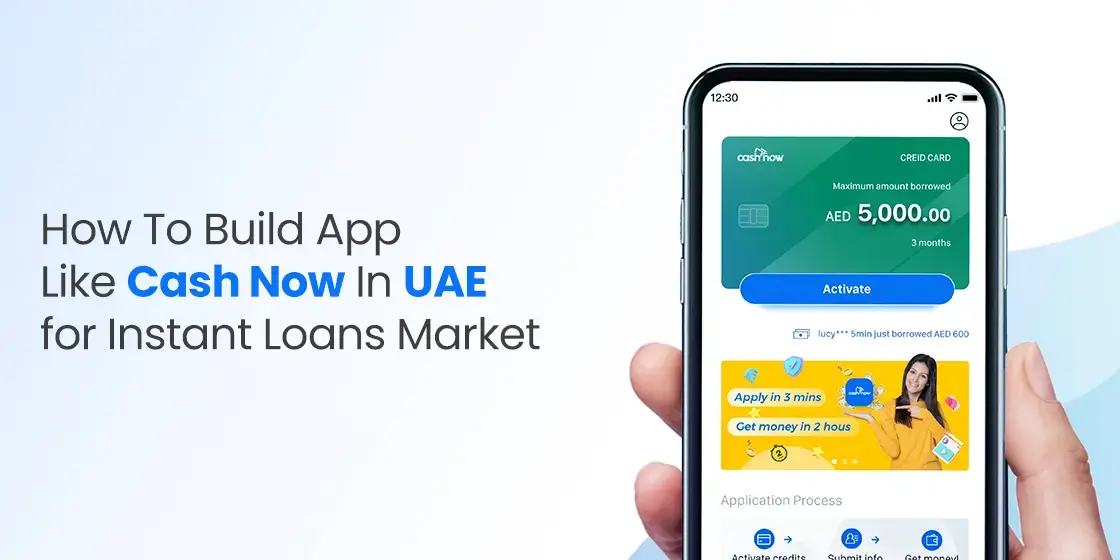Table of Content
Key Tips Every Beginner Need to Know for Yoga App Development
Yoga is a workout that is regularly practiced by millions of people. It is not just an activity for physical fitness, but a very good workout for mental health as well. Combining yoga with the digital technology is therefore seen as a massive breakthrough in the industry. Many companies are now creating mobile apps to facilitate regular yoga workouts. If you are also interested in yoga app development, as how its done and what type of features it offers to the users, read this article in detail.
The popularity of yoga apps peaked during the recent pandemic era. Due to the shutdown of physical centers, people looked towards the mobile apps to resume their daily workouts. This was the reason why many gyms and workout centers rapidly introduced mobile apps to facilitate their regular clients. By taking mobile app development services from reputed agencies, they built creative apps that helped people to start yoga workouts at home. That is why the demand of such apps steadily increased, as more and more people turned to the digital channel.
In this article, we will discuss some useful tips to develop yoga workout apps. This will be a good read for those who are new to the dev field, having no knowledge or concepts about app development. Let’s start from the basics understanding the reasons why the demand of fitness and workout apps is continuously rising in the industry.
What’s Behind the Rising Demand of Yoga Apps?
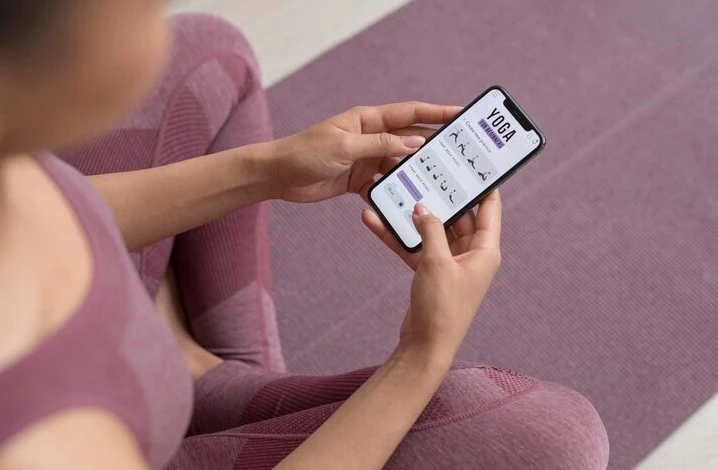
The rising demand for yoga and fitness apps can be attributed to the increasing global awareness of health and wellness. As more people become conscious of the importance of physical and mental well-being, there is a growing need for convenient and accessible ways to stay active. Yoga, with its focus on flexibility, and mindfulness, has gained particular popularity among all classes of people. Fitness apps provide users with the ability to practice yoga and other workouts at their own pace, from the comfort of their homes, eliminating the need for gym memberships or in-person classes.
The convenience and accessibility offered by these apps play a significant role in their popularity. In today’s fast-paced world, many individuals struggle to find time for traditional gym visits or yoga classes. Apps allow users to integrate workouts into their busy lives by offering a variety of programs. This flexibility enables people to tailor their fitness routines to their schedules. Additionally, the cost-effective nature of many yoga and fitness apps, compared to expensive gym memberships or personal trainers, further contributes to their growing demand.
Technology and innovation also drive the expansion of yoga and fitness apps. These platforms often incorporate features like personalized workout plans, progress tracking, community support, and integration with wearables, enhancing user experience and engagement. The ability to monitor progress, set goals, and receive feedback keeps users motivated and committed to their fitness journey. Moreover, the gamification of fitness through challenges and rewards adds an element of fun and encourages long-term adherence.
Key Features of a Yoga App
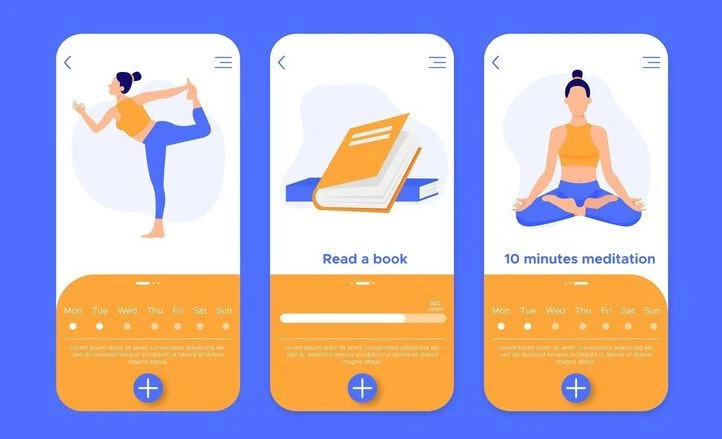
To make a yoga app successful in the industry, you need to lace it up with different types of features. If you do not know which type of advanced features are required in a yoga application, take a look at the list of functionalities defined below.
Online Booking
Just like car wash apps, a prominent feature of yoga applications is the ability to book and schedule classes online, offering users unparalleled convenience and flexibility. These apps provide a comprehensive platform where users can browse detailed workout schedules, select classes that fit their preferences, and secure their spots with ease. This functionality eliminates the need for phone calls or in-person arrangements, streamlining the process and enhancing user experience.
Moreover, the 24/7 accessibility of these booking and scheduling tools empowers users to manage their yoga journeys at their convenience. Whether it’s signing up for a class, rescheduling, or reviewing account details, users can handle all aspects of their membership from anywhere, at any time. This round-the-clock availability aligns with modern lifestyles, making it easier for individuals to integrate yoga into their busy schedules.
Workout Planning
The workout planning feature in yoga and fitness apps is a powerful tool designed to help users create personalized exercise routines. This feature often includes pre-designed plans curated by professional trainers targeting objectives such as flexibility, strength, weight loss, and more others. Users can also customize these plans by selecting their preferred workout types, duration, and intensity levels. Many apps integrate progress-tracking tools, reminders, and calendar syncing to ensure users stay consistent throughout their fitness journey.
Beyond customization, the workout planning feature enhances accountability and long-term commitment to fitness goals. Users can set milestones, track completed sessions, and monitor improvements over time through detailed analytics and performance insights. Some apps also offer adaptive planning, where the program adjusts automatically based on the user’s progress or feedback, ensuring continuous growth without burnout or plateaus.
Timely Notifications
Push notifications and reminders are essential tools in yoga apps, designed to keep users consistent, and aligned with their health and wellness goals. These notifications serve as gentle prompts, reminding users of upcoming classes, or daily mindfulness exercises. Beyond basic reminders, they can also deliver personalized messages tailored to the user’s habits and progress, such as celebrating milestones, suggesting recovery routines, or encouraging consistency after missed sessions.
In addition to scheduling reminders, push notifications can provide valuable insights, tips, and motivational content to enhance the user experience. They may include quick yoga stretches for stress relief during work breaks, or inspirational quotes to foster a positive mindset. Some apps also allow users to customize their notification preferences, enabling them to control the frequency, and type of alerts they receive.
Virtual Personal AI Coach
AI algorithms in yoga apps play a transformative role in delivering a highly personalized and interactive experience for users. These advanced systems can analyze user data, such as workout history, fitness levels, flexibility, and progress, to generate tailored recommendations for yoga routines, class types, and intensity levels. By leveraging machine learning, AI can adapt suggestions over time, refining its recommendations based on user feedback and performance.
Beyond recommendations, AI-powered features can also assist in real-time performance analysis and posture correction. Many modern yoga apps integrate AI-driven motion tracking and computer vision technology, enabling them to analyze a user’s body movements and alignment through their device’s camera. These systems can detect errors in posture, provide instant feedback, and suggest corrective actions to reduce the risk of injury and maximize the benefits of each pose.
Yoga App Development: Key Tips to Follow
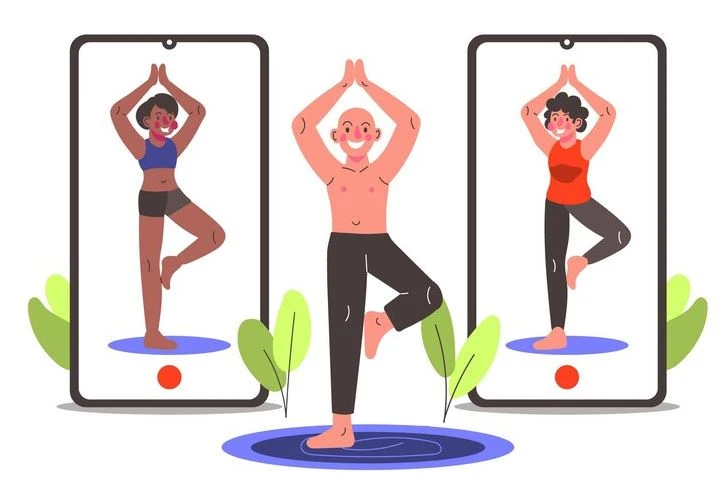
When starting yoga or fitness app development, you need to keep in mind some important points. These tips help you to develop a yoga app professionally, rightly as per the market standards. If you do not know which points should be kept under consideration, take a look at the tips defined below.
Perform Market Research
Conducting market research before developing a yoga app is a crucial step to ensure its success and relevance in a competitive market. The process begins with identifying the target audience, understanding their demographics, preferences, pain points, and fitness goals. Surveys, focus groups, and interviews with potential users can provide valuable insights into their needs. Additionally, analyzing existing yoga and fitness apps helps identify emerging software development trends, popular functionalities, and gaps that your app could fill.
Once the audience and competition are thoroughly analyzed, the next step is to evaluate the market demand and monetization potential. This involves studying industry reports, market growth projections, and regional popularity of yoga and wellness practices. It’s also essential to identify monetization strategies that align with user expectations. Additionally, researching technological trends like AI integration, real-time posture correction, or social community features can offer insights into must-have capabilities for your app.
Pick Application Type
When selecting the application type for a yoga mobile app, it’s crucial to first consider the goals and needs of the target audience. Yoga apps can be categorized into several types, such as fitness tracking apps, on-demand streaming apps, and more others. If the goal is to provide users with personalized yoga routines, an app with customization features may be more suitable. Alternatively, if the focus is on offering live classes or community engagement, an app with live-streaming capabilities and social features would be a better fit.
Additionally, the platform compatibility and technical features play a significant role in deciding the app type. A mobile app could be built as a native app or a hybrid app, depending on the desired user experience and technical requirements. Native apps offer better performance and smoother integration with device features like cameras for posture correction or sensors for fitness tracking. On the other hand, web apps provide easier cross-platform access and faster updates but might lack some of the performance benefits.
Select Tech Stack
Selecting the right tech stack for building a yoga mobile app is a critical decision that impacts the app’s performance. The choice of tech stack depends on several factors, such as the app’s intended features, target audience, and long-term goals. For instance, if the app requires advanced features, it’s essential to choose technologies that can handle multimedia content efficiently. For native mobile apps, languages such as Swift (for iOS) and Kotlin (for Android) are often preferred for their performance and seamless integration with device-specific features.
In addition to front-end development technologies, the back-end infrastructure plays a crucial role in ensuring that the app runs smoothly. For back-end development, cloud services such as AWS or Google Cloud can provide scalability and reliable storage solutions for multimedia content. Databases like Firebase or MongoDB are excellent choices for storing user information, while server-less architectures and APIs can streamline the integration of third-party services like payment gateways or workout tracking tools.
Start App Development
Once you have established a clear vision for your yoga application, the next step is to move forward with the actual development phase. This stage is crucial and requires complete focus and attention to detail. During this phase, it’s important to carefully choose the right methodologies and coding languages that best suit the specific requirements of a yoga app. Whether opting for Agile development for iterative progress or adopting Waterfall for a more linear approach, the chosen methodology will help organize tasks and ensure a structured workflow.
A well-defined development plan is essential to guide the process effectively and ensure timely delivery of the project. The methodology you choose serves as a roadmap, breaking down the development process into manageable milestones. Each task, whether it’s designing the user interface, or implementing AI features for personalized yoga routines, will be assigned clear timelines and responsibilities. This structured approach not only keeps the project on track but also mitigates risks, and ensures that all requirements are met efficiently.
Test the Application
Once the development phase of a yoga app is complete, the next critical step is to thoroughly test the app to validate its performance. The first step in testing is functional testing, which checks whether all the features are working correctly. Additionally, testing should include testing for proper integration of third-party services, such as video streaming platforms for live classes or fitness trackers for progress monitoring. Functional testing also ensures that features like real-time posture correction function seamlessly across various devices.
The next phase of testing involves performance and usability testing. Performance testing evaluates the app’s responsiveness under different loads. Load testing checks if the app can handle the simultaneous access of multiple users, such as during live yoga sessions or class sign-ups. Usability testing, on the other hand, focuses on the user experience, ensuring the app is intuitive, and easy to navigate. This includes assessing the design and flow of the app to make sure users can easily find and use features.
Frequently Asked Questions
| What is a yoga app? A yoga app is a mobile application designed to guide users through yoga practices, offering features such as workout routines, instructional videos, and more others. It helps individuals practice yoga anytime and anywhere, enhancing their flexibility, strength, and mindfulness. |
| Why yoga apps are becoming popular in the world? Yoga apps are becoming popular due to their convenience, allowing users to practice yoga anytime, anywhere. They provide personalized routines, expert guidance, and flexibility, catering to various fitness levels and lifestyles. |
| What is the cost of yoga app development? The cost of yoga app development is influenced by factors such as the app’s complexity, features and platform compatibility. Additionally, design quality, team expertise, and project timelines also contribute to the overall cost. |
Final Words
That concludes our entire blog in which we have discussed how yoga apps should be developed by following key methods. These apps are currently getting popular because people are using these apps regularly from the comfort of their homes. It is therefore important to know the complete development procedure of these apps, as they require an organized approach to build each function.
This blog has discussed all the key tips you need to develop a quality yoga app. It has listed some important points that will help you to break down the whole development job in smaller sub phases. So make sure to read the all the tips properly, as that will allow you to build quality yoga apps as per the latest standards.

Empower your digital journey with StruqtIO - Your dedicated partner for cutting-edge custom software development, innovation, and digital transformative solutions. Harness the power of technology to elevate your business and redefine your digital landscape today.
